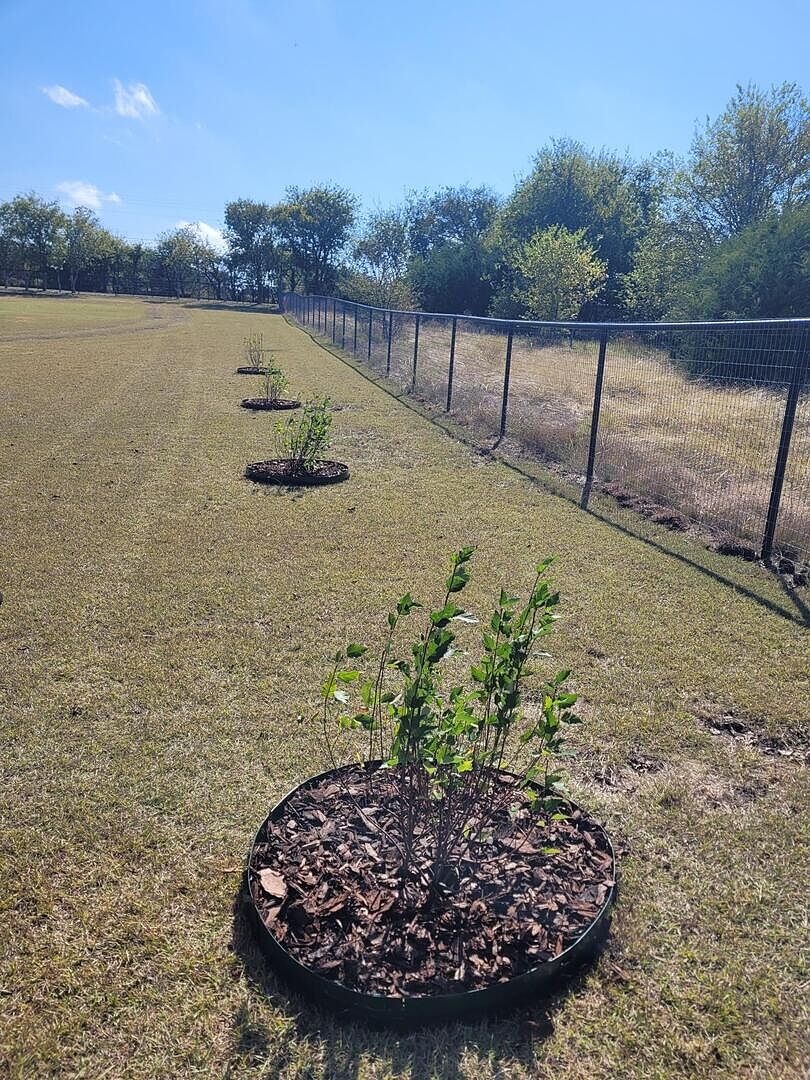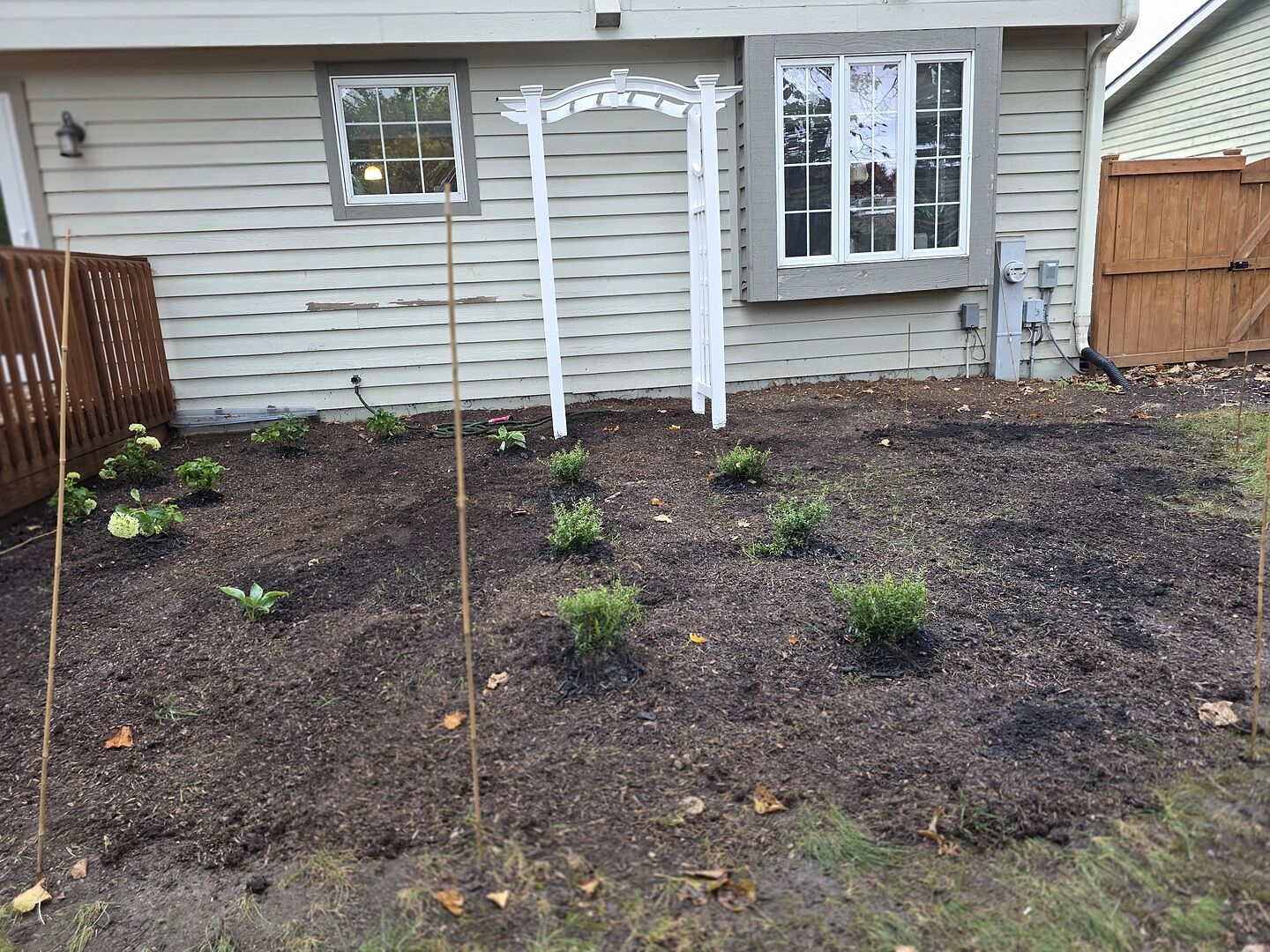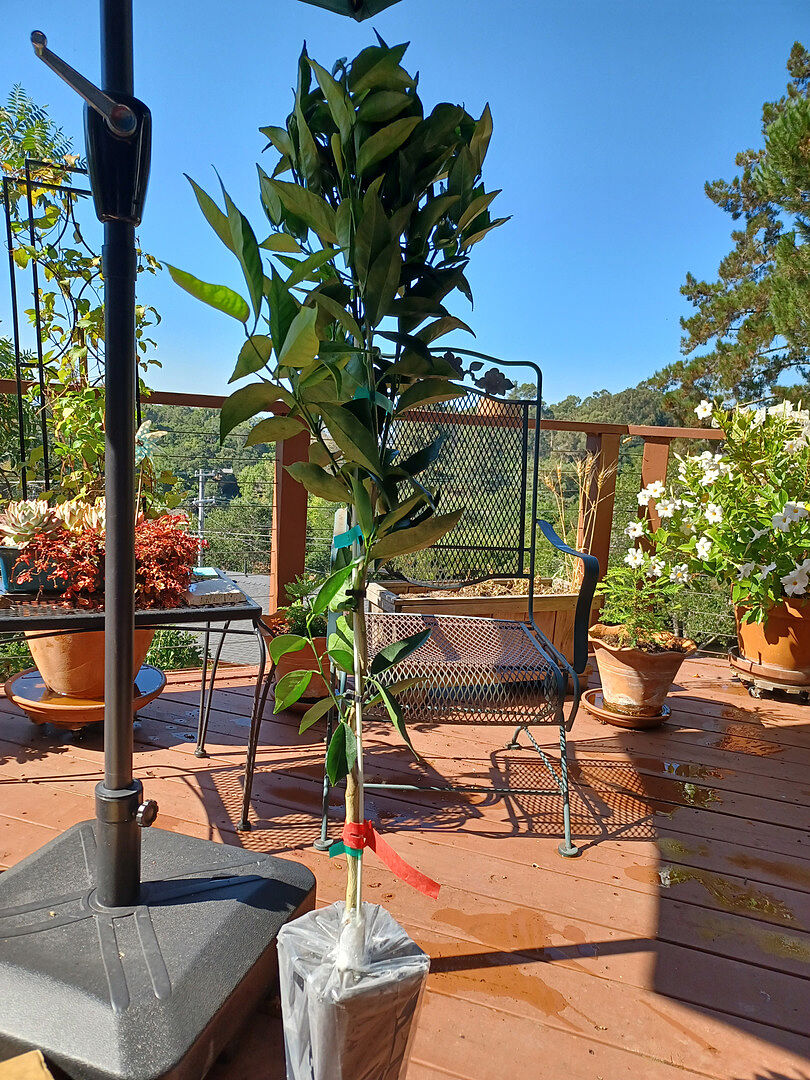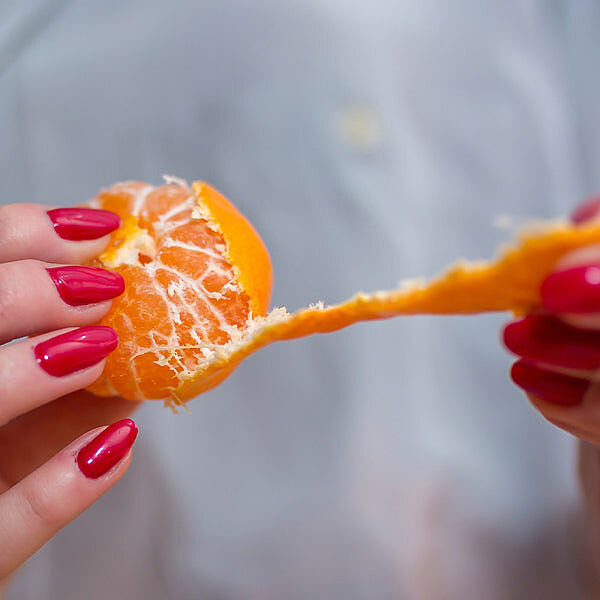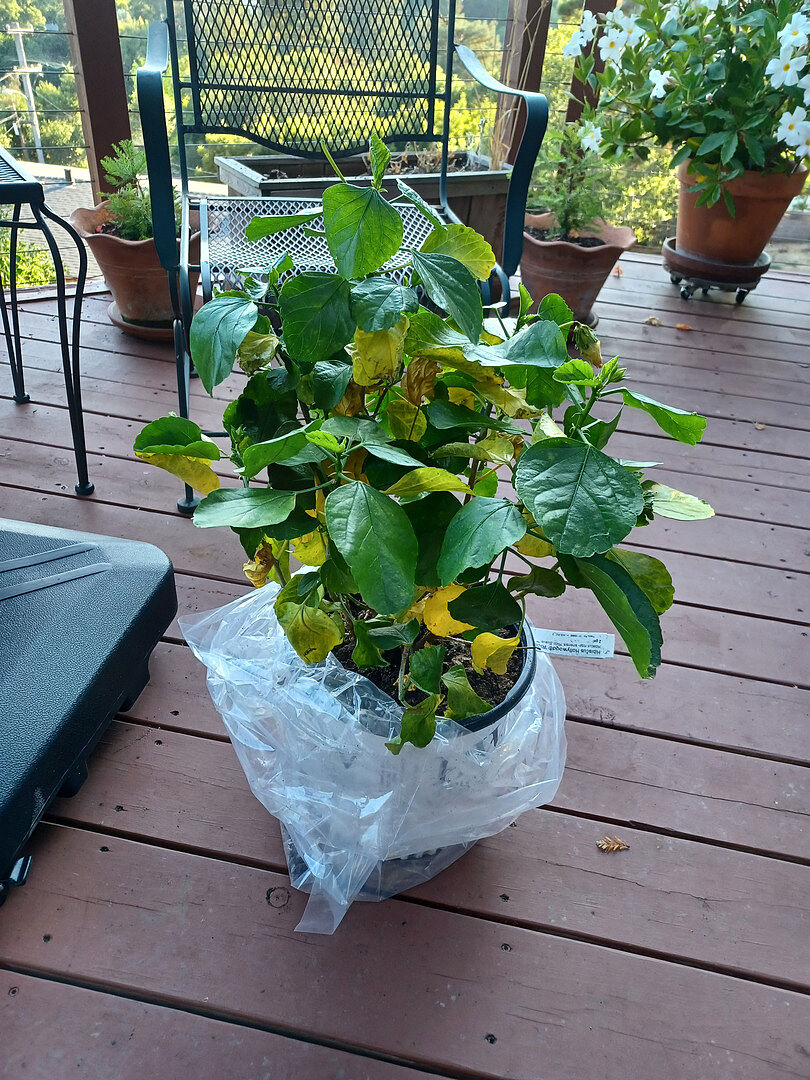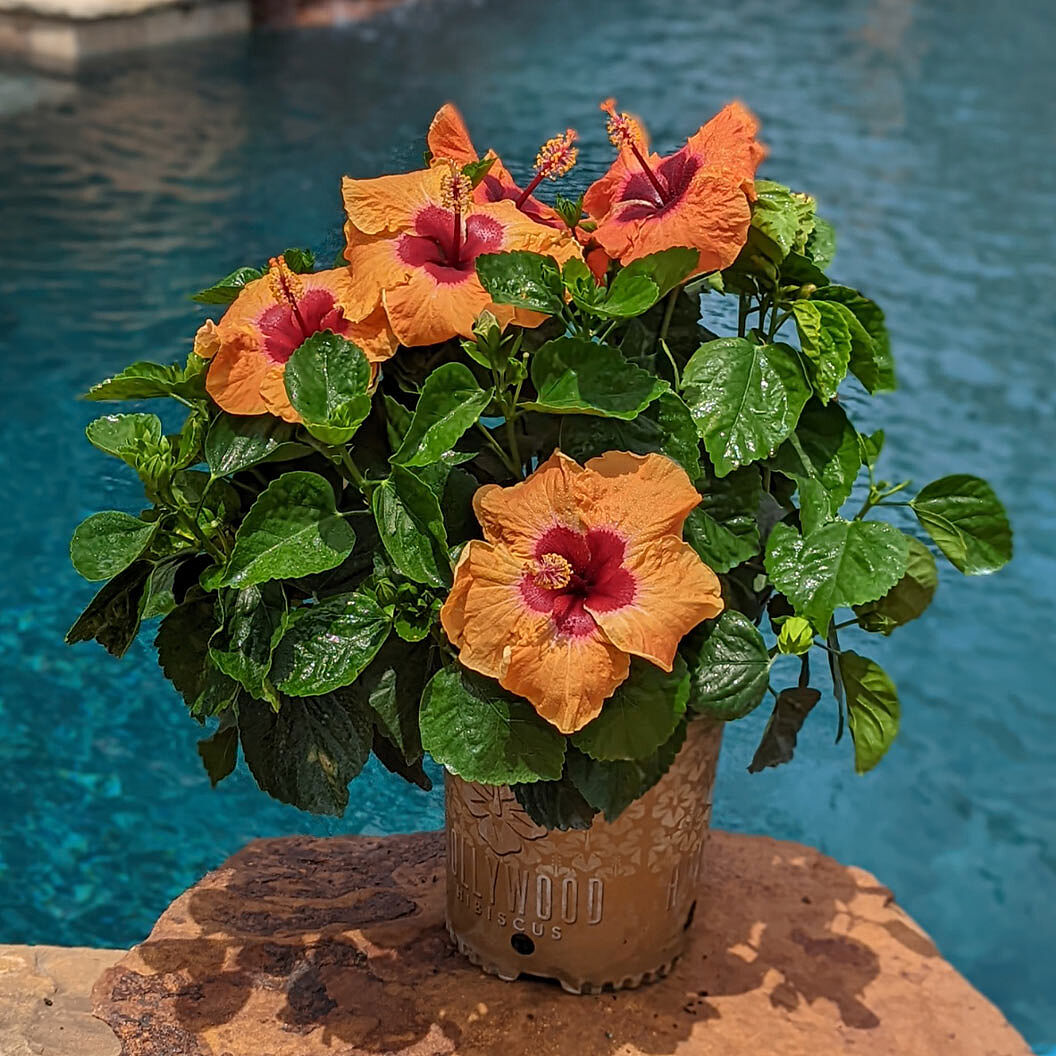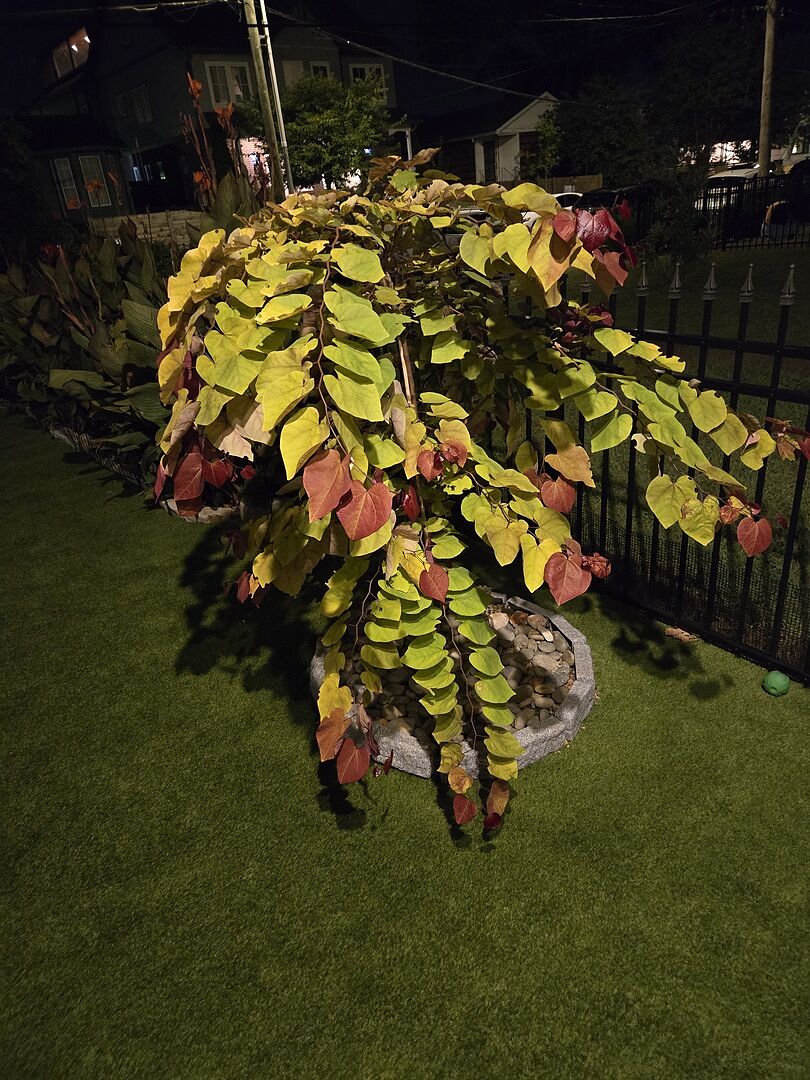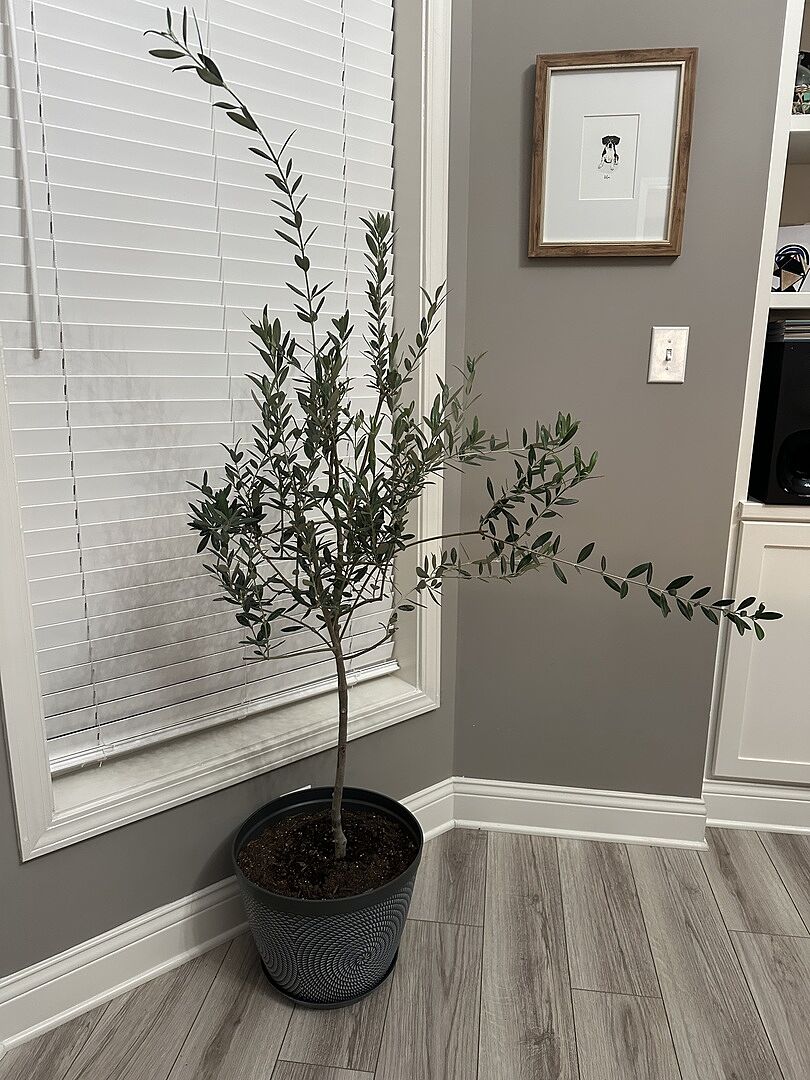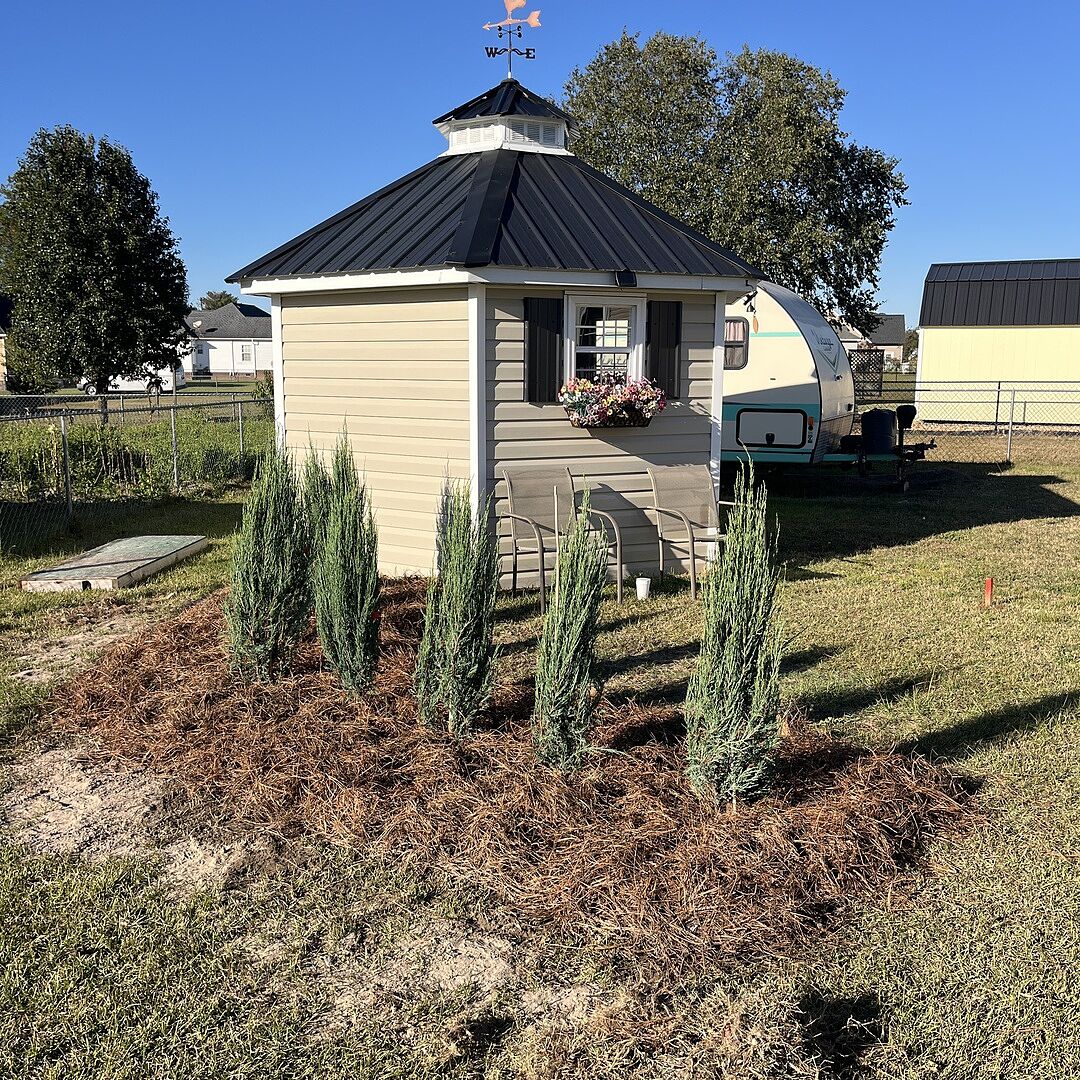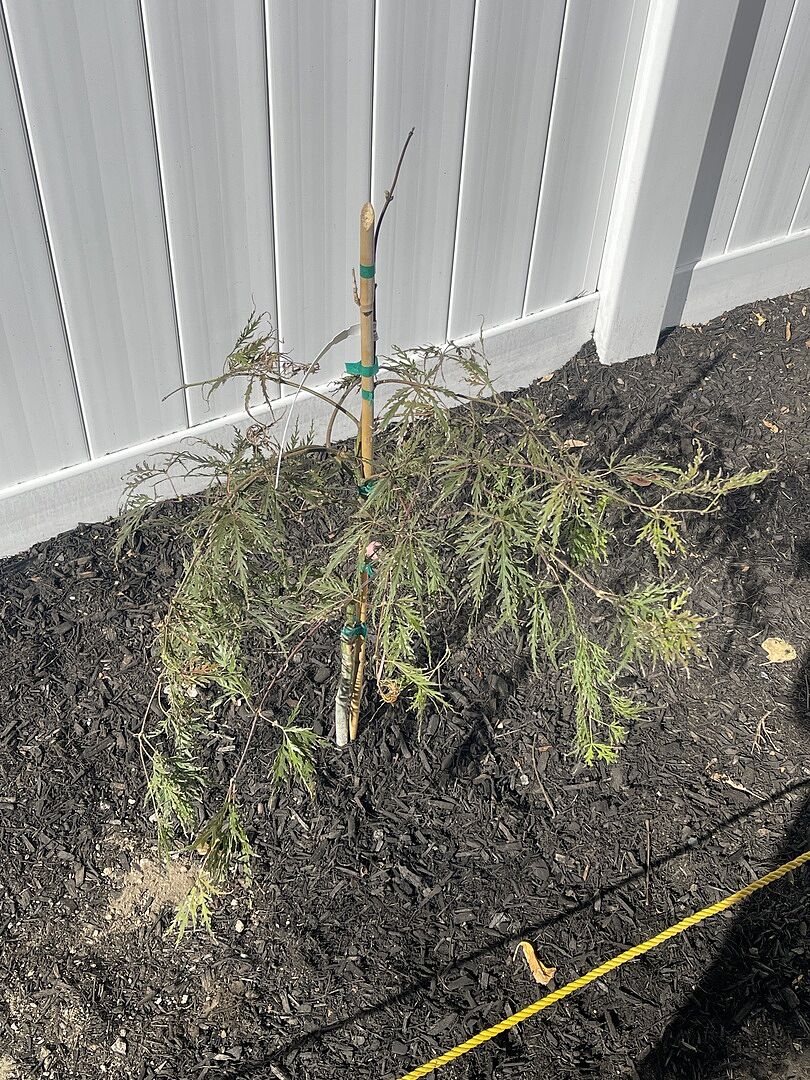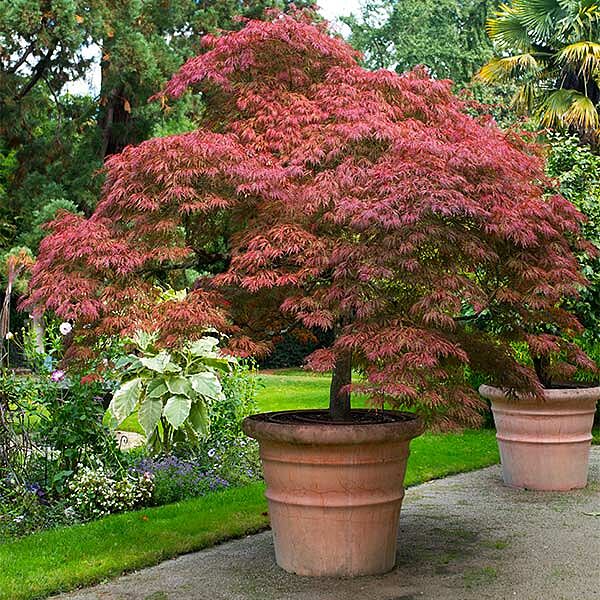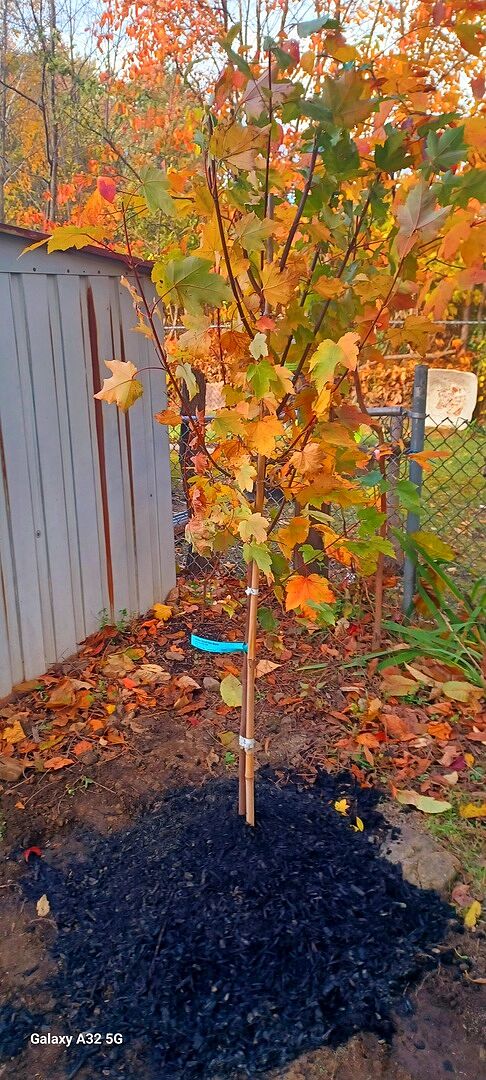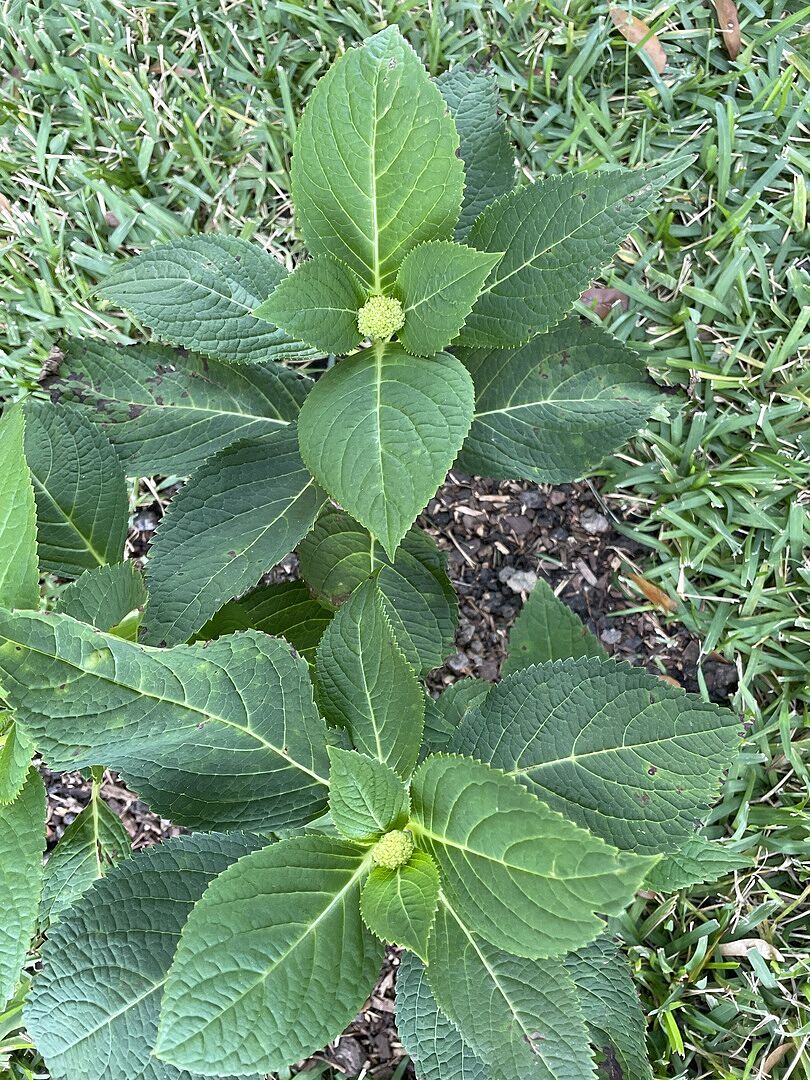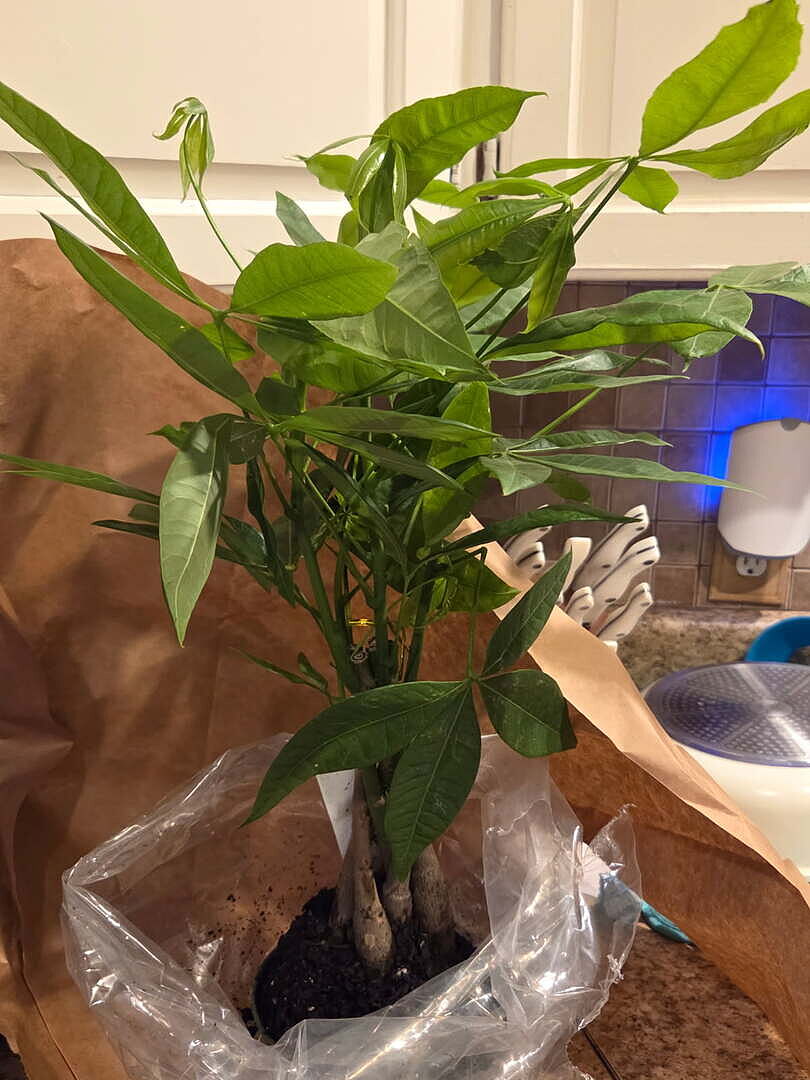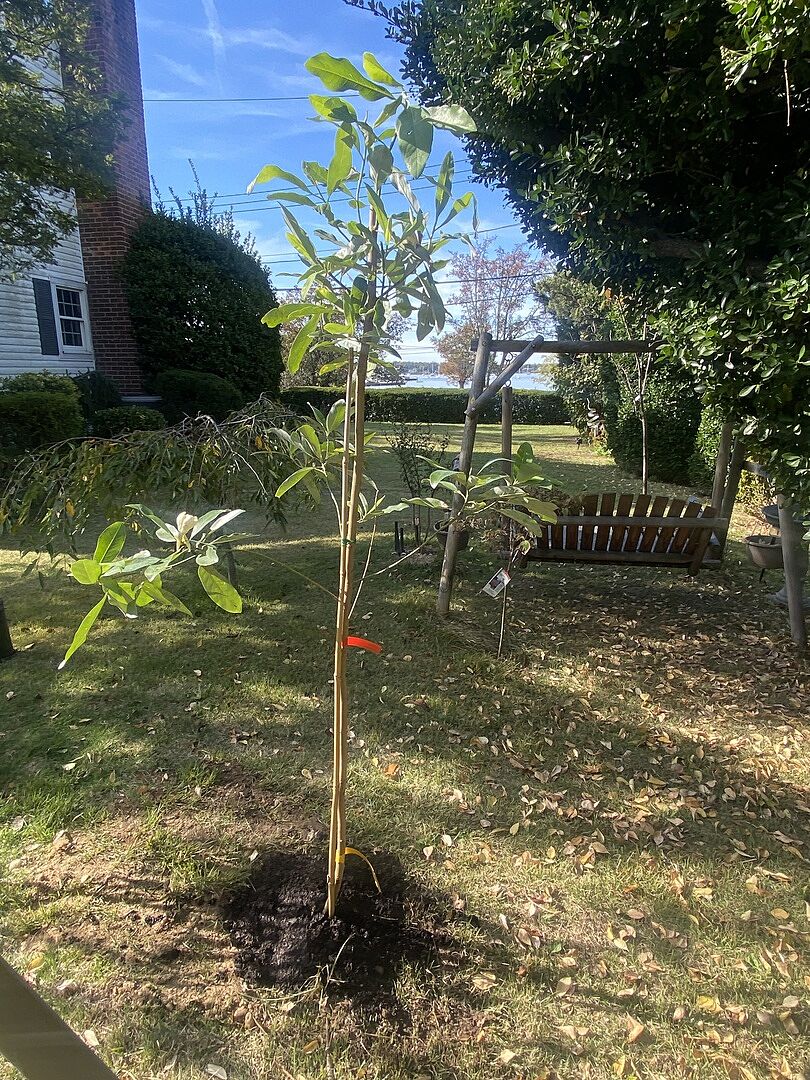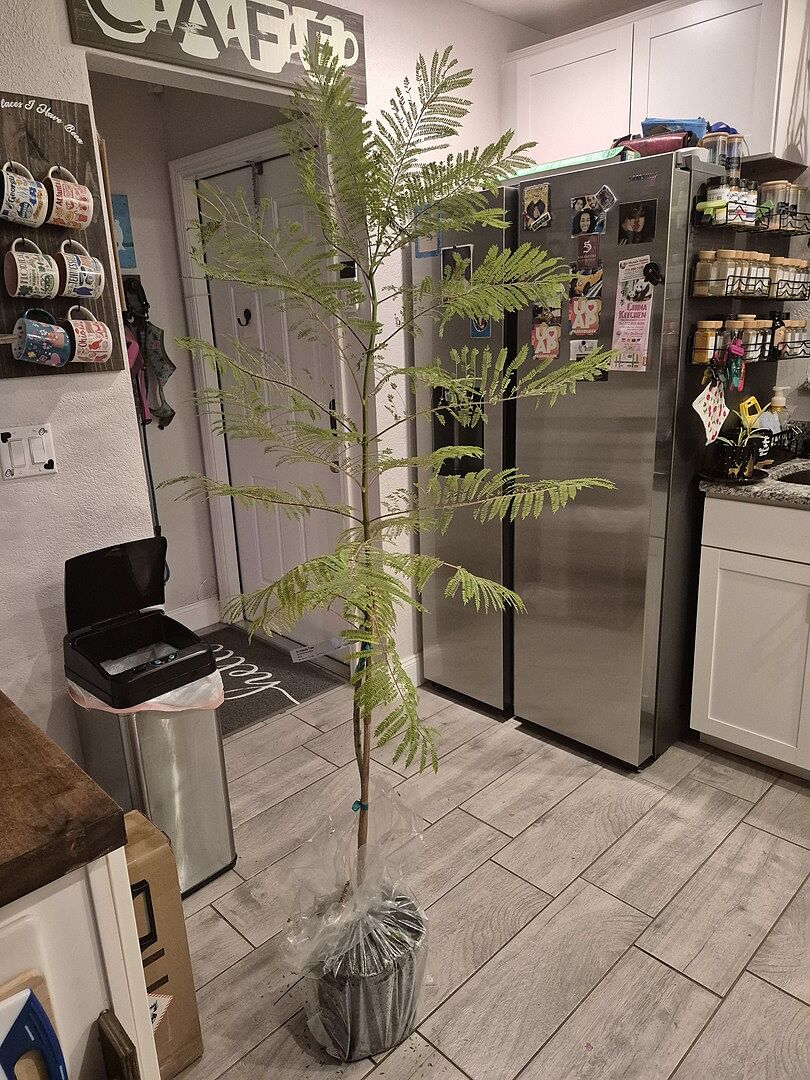Monstera Deliciosa: Care Guide

Last updated: Aug 07 2023

The Monstera deliciosa is known for its exotic leaves that mentally transport us to tropical jungles when added to a space. As the plant grows, each leaf unrolls to reveal its signature holes and slits, only to develop more as it ages. Its bold look is universally popular and seen in homes and offices alike.
The most common name for the Monstera deliciosa is simply, “Monstera,' but it’s also known as the Swiss Cheese Plant, not to be confused with the closely related Monstera adansonii, which also goes by the same common name. The Monstera adansonii has smaller leaves, no splits and plenty of holes in its foliage. Both are vines and very easygoing plants that can handle neglect.
Monstera deliciosa has a more upright growing habit that likes to climb with a mixture of holes and slits in its leaves.

Monstera adansonii has just holes in the leaves with a more draping nature.

Monstera Deliciosa Care
Monsteras are very easygoing, forgiving plants, which makes them ideal for new house plant parents or those that travel frequently. Just keep these few care tips in mind, and you’ll be good to go!
Location
You’ll have a happy monstera if you can replicate its natural climate as much as possible. Its native growing zones are 10-12, and its ideal temperature is between 65-85℉, which makes it ideal for planting inside your home. Any temperatures colder than 50℉ can result in damage, so keep it away from outside doors.
Lighting
Monsteras prefer bright, indirect light. This can vary a lot depending on your house, but typically, an east or west facing window will be just fine. For south-facing windows, bring your plant further into the room and out of the direct sunlight. If you’re unsure of the light in your area, try to read a book in the ambient light of the room. If you can easily read, then you have enough light for the monstera to be happy there.
Watering
Monsters like to be kept moist but not overly wet or dry. A routine watering schedule of once a week or every other week suits most plants just fine. If you’re ever unsure if your plant needs watering, use your fingers to feel the soil or a moisture meter. Your plant will not grow as much during the winter, so feel free to cut back on watering during this time to a few times a month.
Skip misting the leaves and add humidity to your air by boiling water on a stove to create steam or plugging in a humidifier.
Soil
Monsteras like a soil pH of 5.5-7.0, so any standard container potting mix should do well. It’s best if you use newer potting mix or mix in additives like bark or perlite to aid in drainage. To mix your own, mix 1 part peat moss/coco coir, 1 part perlite, and 4 parts pine bark. All of these ingredients are sold individually alongside pre-mixed soils.
Fertilizing
Monsteras perform their best when fed properly. Use a monstera-specific fertilizer or a general slow-release house plant fertilizer. Fertilize during the growing season in spring and summer and avoid fertilizing in winter and fall. As always, read the label before applying anything to your plant to ensure proper method and frequency.
Container
Monsteras may grow large on top, but they surprisingly don't mind living in a smaller pot. Aim for a container that has plenty of drainage holes and skip placing the rocks in the bottom and opt for a well- draining potting mix instead. You’ll know it’s time to repot your monstera when it starts leaning and roots escape the bottom of the container or push against the side.
Suggested Uses
Monstera deliciosa is easily grown indoors and can spend its summers on the patio. Indoors, it makes the perfect focal point and fills up a room visually without sacrificing floor or table space.
How you grow it is up to you! Since the Monstera can be grown as a trailing plant, a vine or a shrubby plant, the options for incorporating it into your space are endless.
- For a trailing monstera, encourage the leaves and roots to fall over the sides of the pot. Monstera adansonii is commonly used to achieve this look.

- For a climbing monstera, add in support and gently get your plant climbing by wrapping some of the leaves on the base. It will climb up to 70+ feet in the wild, so however high your support is, it will climb!

- For a shrub-like Monstera, keep the stems from climbing or trailing with pruning. You can take the cuttings and place them back in the soil for a thicker plant or display the cuttings in a vase!

Native Range
Monstera deliciosa lives in the dark, humid, lower levels of tropical rainforests, ranging from Southern Mexico, through Central America, to Panama. The monstera is a unique type of plant called a hemiepiphyte—a plant that starts in the ground then transitions out of the soil to be grown on a tree with no connection to the ground!
Using its aerial roots, it can climb trees up to 70 feet! Don’t worry, as a houseplant, it will top out between 6-9 feet tall, which can be trained on a support.
History
In 1693, the monstera was first discovered in Martinique by Charles Plumier, a French Botanist and priest. Relatives of the monstera were shown in his illustrations, and he’s also credited with its name. As the name implies, Monstera deliciosa means monster in reference to the size of its leaves, and deliciosa for the delicious fruit it produces in its native environment. In South America, the roots of this plant are used to make ropes and baskets and are also used as a remedy for snake bites!
Monstera deliciosa is not new to home decor trends. In the 1700s, the plant was cultivated in hot houses for New England homes. In the 1950s through 1970s, the monstera gained another wave of popularity in America as a trendy house plant. We can see why this plant continues to stay in style, as it’s still featured in homes, offices and storefronts everywhere.
Troubleshooting
|
Issue |
Description |
Solution |
|
No splitting or holes appear in the leaves |
Both new and older leaves have zero or few holes or splitting in the leaves |
Give your plant more light! The more light it receives, the more your leaves will get the signature holes and tears. Even the older leaves will get their characteristic appearance back with more light. |
|
Brown roots growing out of the pot |
These are aerial roots and they reach out to explore and climb. In nature, these roots are used to climb structures and absorb water through the humid tropical air. |
They can get quite long, so feel free to place them in the soil or wind them up your climbing structure. Some people even place these roots in containers of water to promote faster leaf growth! |
|
Plant is leaning or looks like it's about to fall out of its container |
Your plant is spreading out and looking for something to climb on, as it does in its native environment |
Re-plant your container or rotate it to correct the curve. You can also add a support for it to grow and lean on. In older plants, you can even prune the monstera to alleviate all the growth to one side. The monstera is a very active and reactive plant, so pick the solution that best fits your style and plant needs. |
|
Yellow or brown leaves |
Yellowing leaves starting from the tips or browning, crispy leaf edges |
When your plant is stressed, you’ll notice it in its leaves. To fix this, establish a routine and keep consistent, making sure all the needs of the plant are met. Cut off any overly damaged leaves where it emerges to promote healthy new growth. |
|
Wilting |
All the stems are drooping and the leaves have little structure/are flopping |
This is a sign of watering troubles. Feel down in the soil and make sure the soil isn't overly wet or dry. Adjust your watering schedule as needed and consider setting a reminder or repotting to a better draining container. |
|
Wilted black leaves |
Leaves and stems are completely wilted and have a bruised texture, commonly black in color. |
Monsteras like warm temperatures, and if left out during a freeze or next to a very cold outdoor window, they might get damaged. Simply cut off the damaged areas and move your plant to a warmer location—it should recover in a week’s time. |
Plants similar to the Monstera deliciosa
In love with the monstera deliciosa? Try these close relatives with similar care needs.
Need more help with house plants? Check out our House Plant 101 Course, perfect for beginners or those that need a tune-up on everything house plants.

Written by
Barbara Wilkat
Barbara's earlier careers as a graphic designer took her on travels throughout the Middle East and Southeast Asia, where she was able to see how people connected with plants and agriculture. After returning to school for an Associate Degree in Horticulture, she started her own landscape design and maintenance company.
Since then, she's worn different hats in the industry, from horticulturist to landscape designer. Her passion for interior plants exploded when she was able to work for Interior landscaping companies. And while she learns something new about plants everyday, she enjoys helping folks understand plant care.
Featured Product

Monstera Deliciosa (Swiss Cheese Plant)
508 reviewsStarting at $28.95















